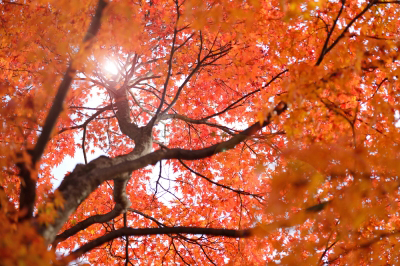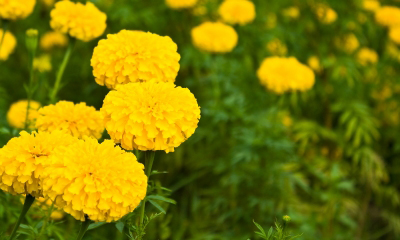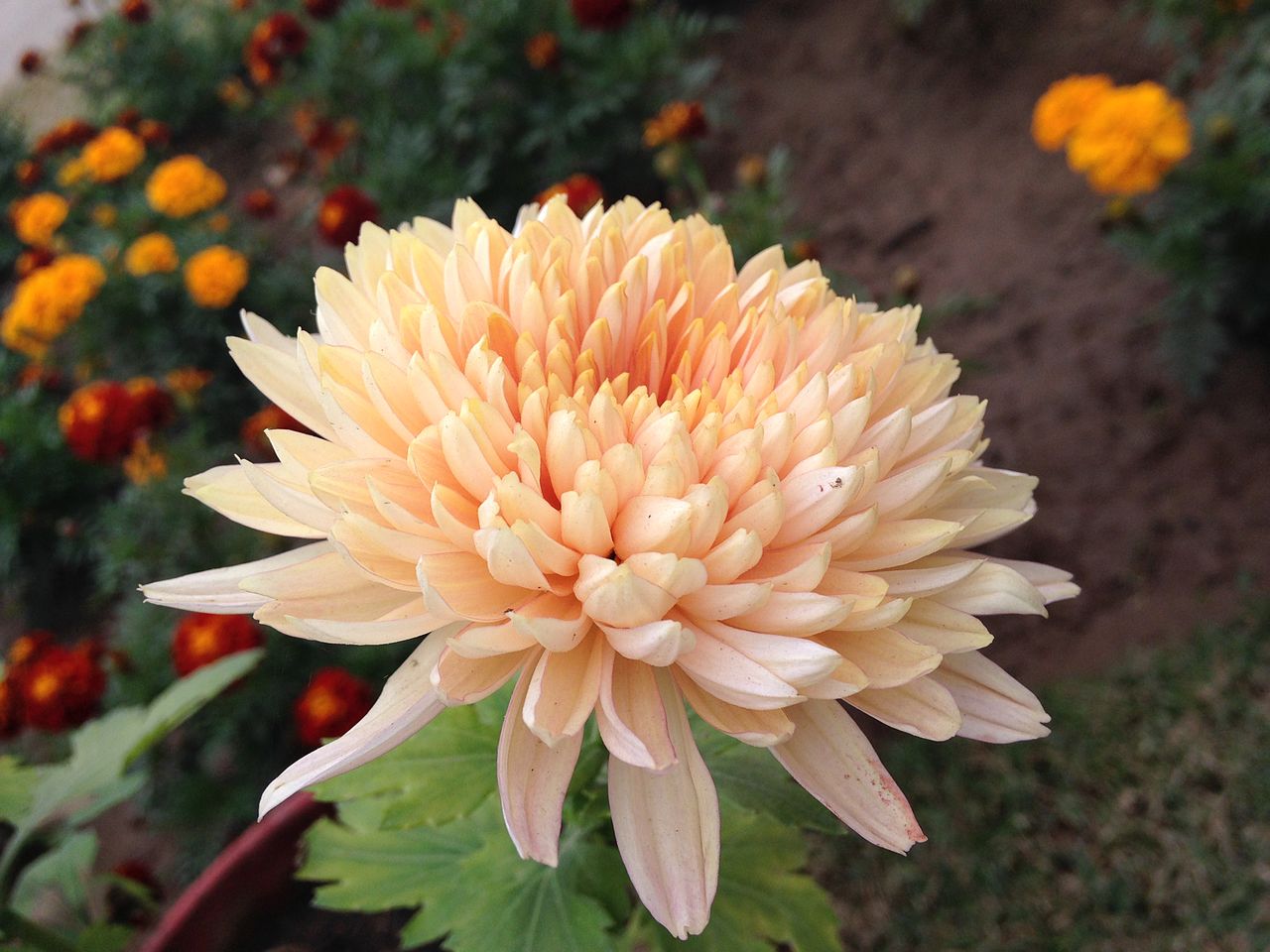
Most people don’t think of Fall as a time for planting new landscaping and garden plants. To most, it’s time to put garden ventures to sleep until Spring. While it may not seem so, Fall planting of trees, shrubs, Perennials, bulbs, and cool weather grasses like Fescue is a very good idea.
Roots of newly planted plants and trees can continue to grow and become established in temperatures as low as 40 degrees. And since the roots don’t have to supply the rest of the plant with energy to grow, more energy is focused on root production.
Come Springtime, because of an established root system, plants shoot out of the ground with plenty of energy for top growth.
Soil Temperature
Planting in the fall, soil temperatures are still warm from a long Summer. The warmer soil temperature encourages root growth.
In the Spring, the soil is still cool from the Winter and roots are very slow to become established. Even if you grow plants from seed indoors and transplant outside when the temperature warms, new sprouts still don’t have the advantage of Fall planted plants.
When Exactly Is Fall?
The Fall season officially begins with the equinox in late September. However, Fall weather varies considerably from one part of the country to the next.
Basically, the best period for fall planting is around six weeks before the first hard frost in your area. You can get an idea of the average first frost date near your area from here: http://www.almanac.com/garden/frostus.php. Just keep in mind that the roots need to have time to become established before Winter sets in.

Autumn Bloomers
Fall isn’t just a time to put the garden to sleep and start getting ready for Spring. The growing season isn’t quite over yet.
You can add color and new life to the garden by replacing dying Summer Annuals and Perennials with Autumn blooming plants like Pansies, Chrysanthemums, and Ornamental Cabbage and Kale, Marigolds, and others.
It’s also the time to plant spring flowering bulbs and divide Perennials.


